Byeokgolje Reservoir Site (김제 벽골제)
13.1 Km 12833 2024-04-07
442 Byeokgolje-ro, Buryang-myeon, Gimje-si, Jeonbuk-do
+82-63-540-4094
Byeokgolje Reservoir Site is home to the embankment and stele recording reconstruction for Korea’s first ever reservoir. Records show it was rebuilt in the 6th year of King Wonseong of Silla (790), the 21st year of King Hyeonjong and King Injong of Goryeo (1143), and then again in the 15th year of King Taejong of Joseon (1415). It was lost due to heavy rain in 1420 (the 2nd year of King Sejong's reign).
Currently, only about 3 kilometers of straight embankment remains on the site. In 1925, the Dongjin Land Improvement Association remodeled this embankment and used it as a channel for providing water for farming, thus losing a lot of its original appearance. A monument was erected on the north side of the embankment to commemorate the rebuilding of Byeokgolje Reservoir during the Joseon Dynasty. However, it is difficult to read the writing because it is worn out.
In 1975, two sites with water gates that controlled the water in the reservoir were excavated, and the results showed that the construction used large-scale, high-level engineering technology. Byeokgolje Reservoir is not only significant in that it was Korea's first reservoir but also proves that the country’s civil engineering technology was developed enough to build such a reservoir at the time, revealing a groundbreaking fact in the history of science and technology in Korea.
Nearby tourist attractions can be visited together: Byeokgolje Agricultural Museum, where you can get a glimpse of the old agricultural culture, Theme and Experience Space for Agriculture, and Byeokcheon Art Gallery, which displays the works of Na Sang-mok, an Oriental Painting artist in Korea.
* Pets are allowed; however, a leash is required.
Byeokgolje Museum of Agricultural Culture (벽골제 농경문화 박물관)
13.2 Km 13440 2024-04-06
442, Byeokgolje-ro, Gimje-si, Jeonbuk-do
+82-63-540-4989
The largest irrigation facility in Korea, Byeokgolje Reservoir (Historic Site) is considered the birthplace of Korea’s rice-farming culture. All that remains of the reservoir today are a three-kilometer long embankment that spans from Sinyong-ri to Wolseung-ri in Buryang-myeon, Gimje-si and a monument that was erected in 1415. The Byeokgolje Museum of Agricultural Culture exhibits around 250 artifacts related to rice farming; located within the same complex is an experience center where visitors can discover many properties of irrigation facilities first-hand.
Jiksopokpo Falls - Jeonbuk National Geopark (직소폭포 (전북 서해안권 국가지질공원))
14.2 Km 13116 2024-04-07
62, Silsang-gil, Buan-gun, Jeonbuk-do
+82-63-580-4331
Jiksopokpo Falls is located within Bongnaegugok Valley. The waterfall is the largest in Byeonsanbando National Park, thundering down 30 meters. The waterfall can be reached by a hiking trail starting at Naesosa Temple. Known as one of the most beautiful sights in Byeonsanbando National Park, the waterfall is very popular with tourists.
Byeonsanbando National Park (변산반도국립공원)
14.2 Km 33839 2024-04-07
11, Bangpaje-gil, Byeonsan-myeon, Buan-gun, Jeonbuk-do
+82+63-582-7808
Designated as a national park in 1988, Byeonsanbando National Park is the only national park in the country that consists of both the ocean and the mountains. The park is divided into two large sections: the shore area, called Outer Byeonsan, and an inland area called Inner Byeonsan. It has mountain peaks made up of unique rock formation, such as Uisanbong Peak (508 meters), Chaeseokgang Cliff, and Jeokbyeokgang Cliffs. Nearby Gyeokpo Port and Naesosa Temple are all worth exploring, enriching the experience of the area. It's also well known for having the latest sunset in the country with stunning panoramic views.
Saemangeum (새만금)
14.5 Km 14765 2024-04-07
6, Saemangeum-ro, Byeonsan-myeon, Buan-gun, Jeonbuk-do
+82-63-540-5800
Saemangeum is an area created by the reclamation project to build a sea wall connecting Gunsan and Buan. After 20 years of construction, the Saemangeum Seawall was completed in 2010. Stunning sunsets can be seen from the dike, and various facilities such as campgrounds and the Saemangeum Project Office are well prepared for visitors experience. It is also known as the filming location for BTS's music videos.
Saemangeum Embankment (새만금 간척지)
14.5 Km 0 2024-04-07
6, Saemangeum-ro, Buan-gun, Jeonbuk-do
Saemangeum is one of the largest land reclamation projects in Korea. After about 20 years of construction, Saemangeum Embankment was completed in 2010. The embankment overlooks the expansive West Sea, which makes it a popular place for sunset-watching. Saemangeum Embankment was made famous by the world-renowned boy band BTS when they filmed their music video and album jacket photographs on the embankment. When the music video first came out, many Korean fans were puzzled as to where the setting could be, as the scenery of the area showcases an expansive view of nature that is rather rare in Korea.
Gomso Swimteo (곰소쉼터)
14.7 Km 17271 2024-04-07
1086 Cheongja-ro, Jinseo-myeon, Buan-gun, Jeonbuk-do
Gomso Swimteo is a restaurant located next to the Gomso Salt Farm, which produces sea salt. The signature dish is the jeotgal jeongsik (salted seafood set menu), featuring nine varieties of salted seafood served with soybean paste jjigae. Customers can also enjoy unlimited refills of salted seafood, similar to a buffet style. Gomso's salted seafood is renowned for its excellent taste, as it is made by marinating freshly caught seafood in Gomso sea salt for over a year.
Buan Naesosa Temple (내소사 (부안))
15.1 Km 29741 2024-04-07
243, Naesosa-ro, Buan-gun, Jeonbuk-do
+82- 63-583-7281
Naesosa Temple was built by Buddhist Monk Hye-Gu in 633 during the Baekje dynasty and was rebuilt by Monk Cheong-Min in 1633 during the Joseon dynasty. The Daeungbojeon Hall was built at this time. In 1986, the temple area was designated as a culturally protected area.
On both sides of the main gate are large fir trees, which also line the path into the temple. Upon reaching the temple itself, the first thing that draws attention is the 1000-year-old Dangsan tree. Long ago, people used the base of the tree as a site of prayer.
Housed in Beomjonggak is a bronze bell that can be found in many Buddhist temples. This particular bell was made during the Goryeo era and is engraved with three images of Buddha, called Samjonsang. The center building of the temple, called Daeungbojeon Hall is also an artistic masterpiece, decorated with splendid colors and designs. The flower Salmun doors featuring lotus and chrysanthemum flowers add another element of traditional beauty to the building.
NABIdream Hanok Stay [Korea Quality] / 한옥펜션 나비의 꿈 [한국관광 품질인증]
15.9 Km 4 2024-04-07
129 , Naesosa-ro, Buan-gun, Jeonbuk-do
+82-63-582-7651
Butterfly Dream is a modern hanok stay in Naesosa, Byeonsanbando National Park, Jeollabuk-do. The spacious, grassy yard and pine trees add to this place’s tranquility. A variety of guestrooms are offered and most come with a kitchen and individual barbecue area.
Naebyeonsan Mountain (내변산)
16.5 Km 17431 2024-04-07
232, Naebyeonsan-ro, Buan-gun, Jeonbuk-do
+82-63-584-7808
The Byeonsanbando Peninsula has a shoreline that stretches 99 kilometers, protruding into the west sea in Jeollabuk-do, with the Saemangeum, the world’s longest man-made sea barrier, to the north and Gomsoman Bay at its south shore. The peninsula is part of Byeonsanbando National Park, which is widely known for its natural beauty. Its interior mountain range is known as Naebyeonsan Mountain (Inner Byeonsan Mountain.) while the outer region near the sea is known as Oebyeonsan Mountain (Outer Byeonsan Mountain).
The center of Mountain Naebyeonsan includes the highest peak of Byeonsanbando peninsula, Uisangbong Peak (509 meters) and Nakjodae (Sunset Viewpoint), Wolmyeongam Hermitage, Bongnaegugok Valley as well as Jiksopokpo Waterfall. The surrounding mountains and valleys of Byeonsan Mountain are not particularly high, standing at an altitude of around 400-500 meters, but the magnificent formation of mountains and valleys as well as the breathtaking view of the sunset from Nakjodae make it a must-see sight.
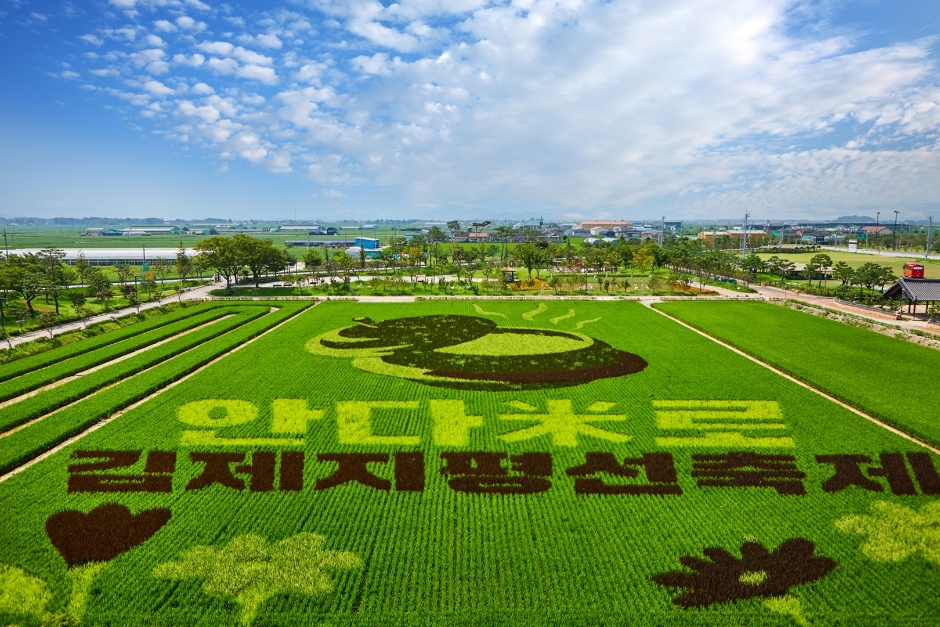
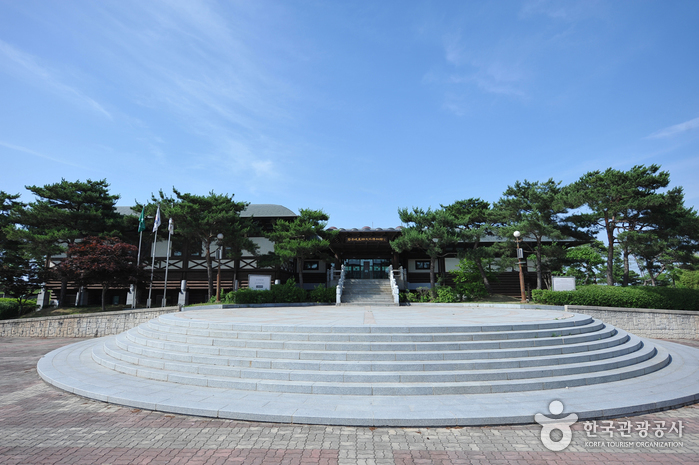
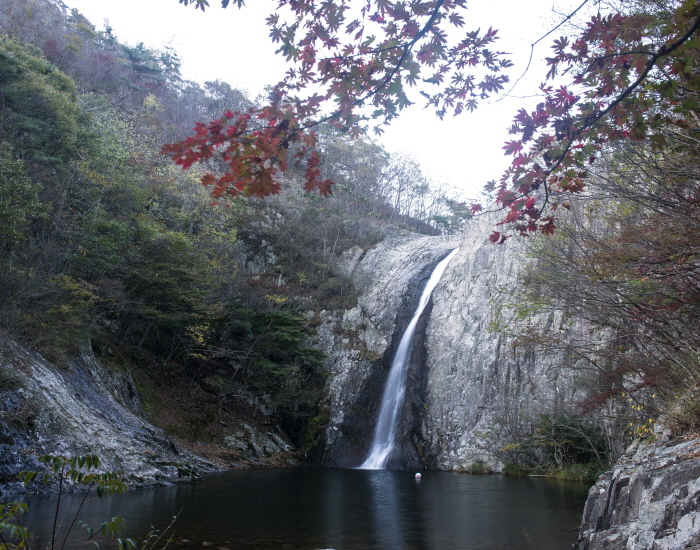
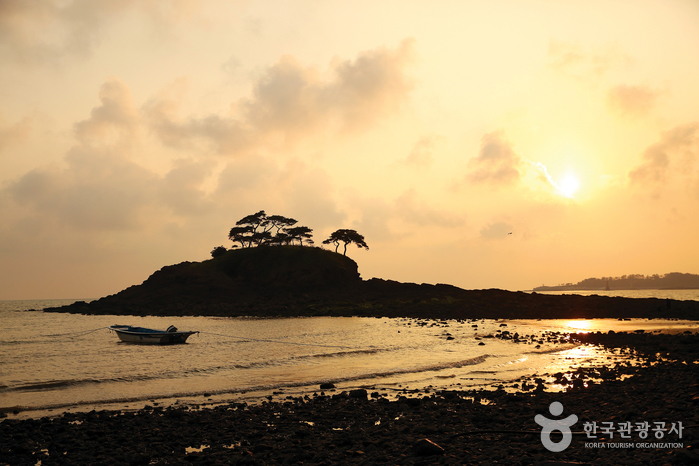
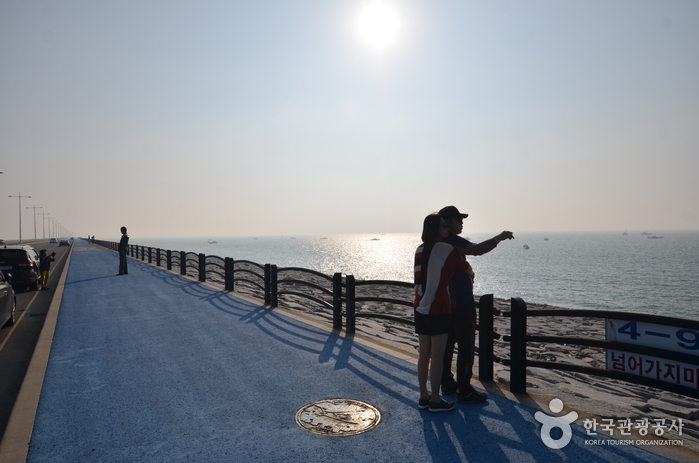

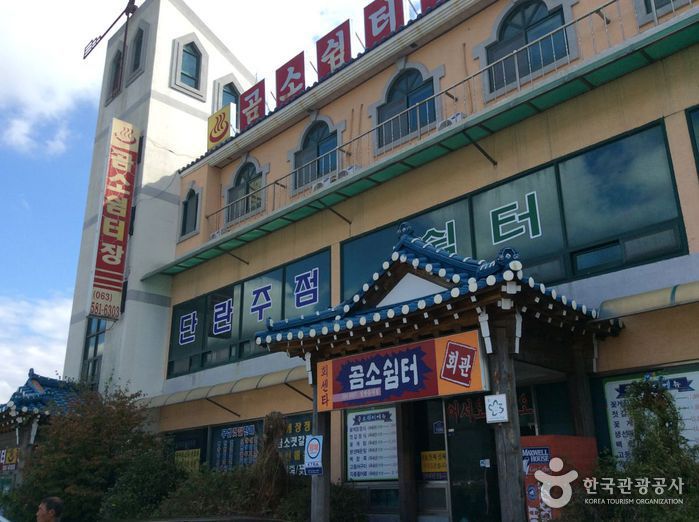
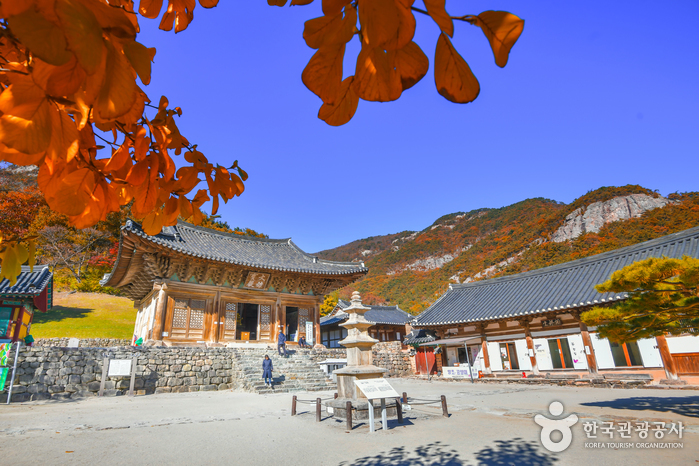
![NABIdream Hanok Stay [Korea Quality] / 한옥펜션 나비의 꿈 [한국관광 품질인증]](http://tong.visitkorea.or.kr/cms/resource/08/2698208_image2_1.jpg)
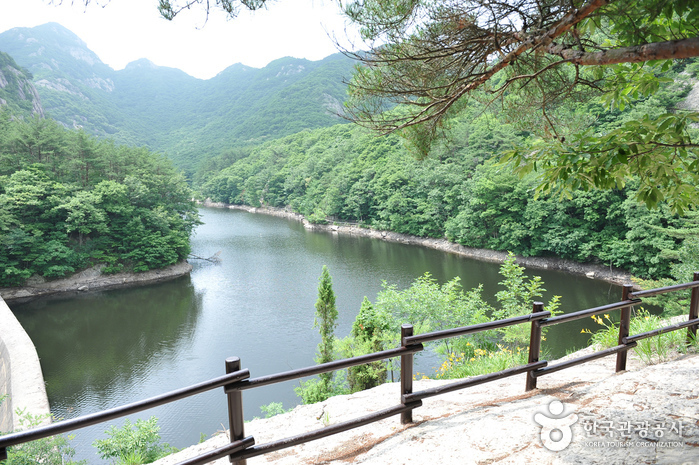
 English
English
 한국어
한국어 日本語
日本語 中文(简体)
中文(简体) Deutsch
Deutsch Français
Français Español
Español Русский
Русский